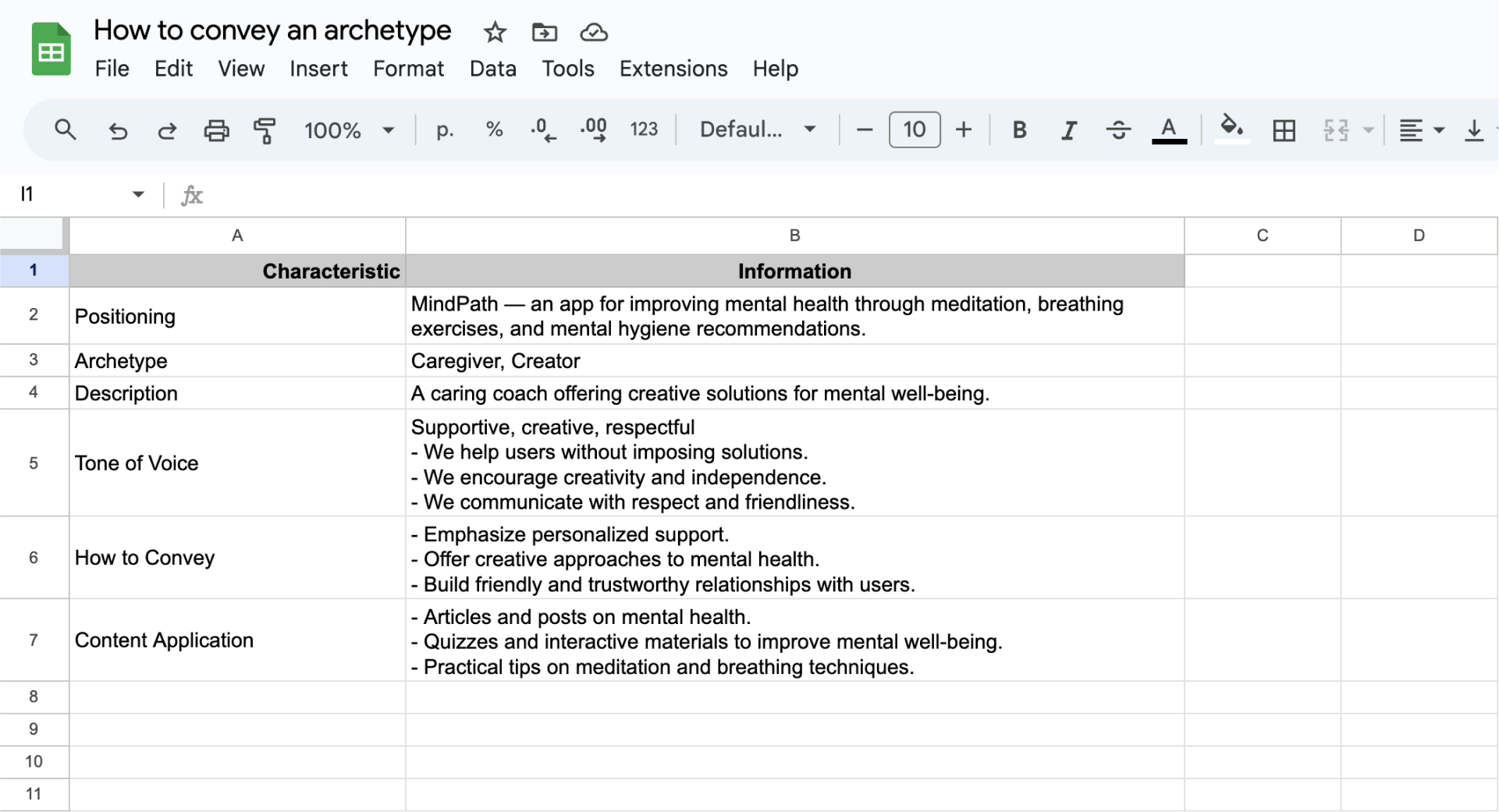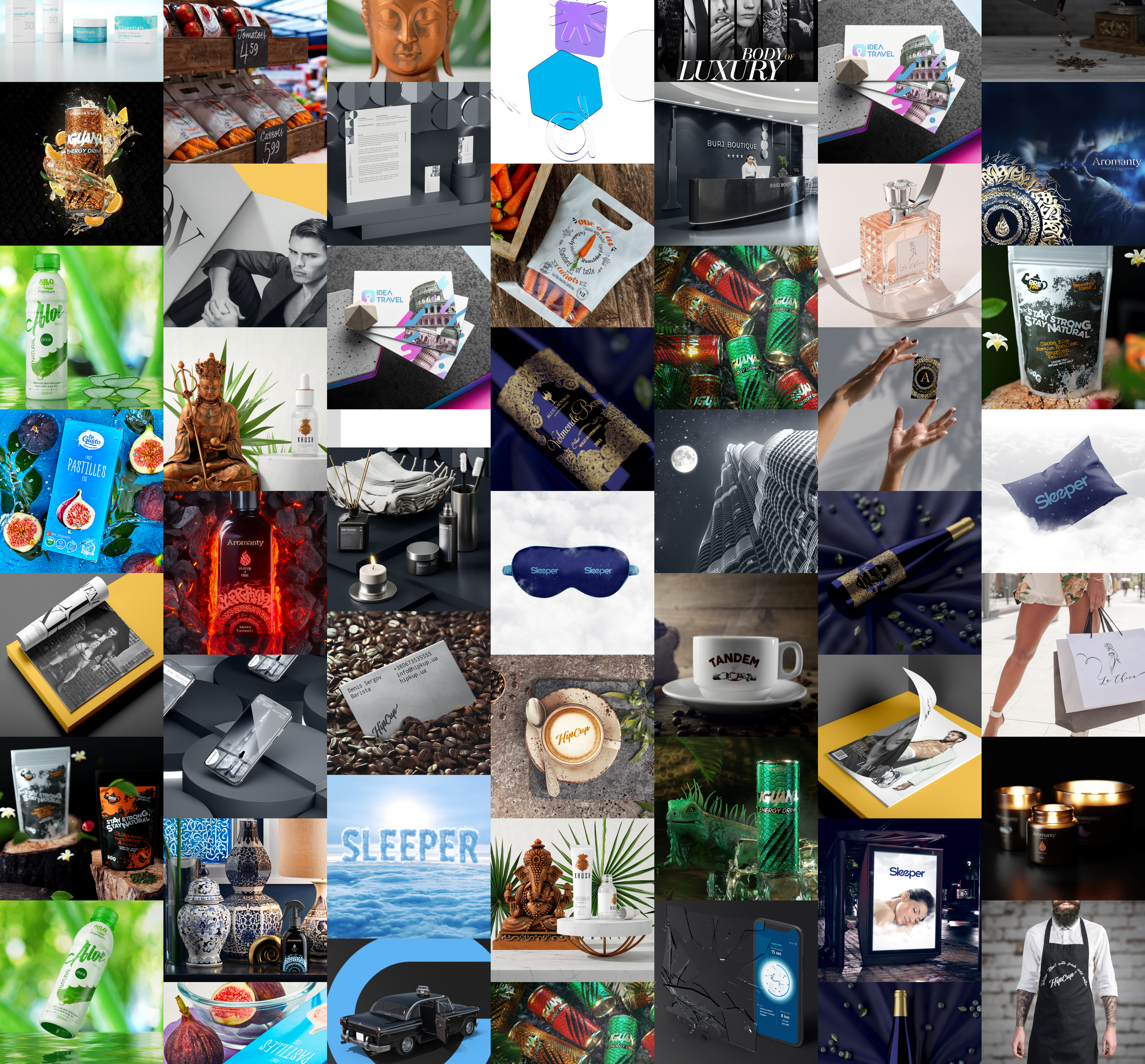Brand
Archetypes:
How toChoose
the Right One
Brand archetypes
How it all started

There was a time when the successful creation, construction, marketing, and promotion of brands did not require boundless inspiration or extensive capital. Demand exceeded supply, and markets were not yet saturated.
Traditionally, physical products were distinct from one another, and brands were built upon these differences. This was the state of marketing and commerce for centuries. However, the day came when competition reached a certain level, and all businesses—whether it was a multinational cola company or a local dry cleaner—encountered a new, complex challenge. Regardless of how efficient a company's production and distribution systems were, or how effectively it cleaned clothes, its methods could be imitated or replicated by competitors.
The North Star of branding
Branding without a value management system is like sailors trying to find a port in a stormy sea on a starless night. All they need is a reliable and sturdy compass, a well-tuned mechanism that tells them where they are and where they should be heading. Similarly, for a brand manager, the theory of archetypes can serve as such a compass.
This innovative application analyzes and improves mental health using AI and psychological tests to assess users’ psycho-emotional state, offering meditation courses, breathing exercises, and mental hygiene recommendations.
You are writing to your friend Nicole, who has been working with this framework for a long time

ARTIFACTS
ESPOUSED VALUES
UNDERLYING ASSUMPTIONS
Schein’s Three Levels of Culture
Archetypes also operate at the unconscious level and influence all that is above.
The descriptions of each archetype are not intended to serve as precise definitions or labels. Rather, they aim to evoke imagery and narrative, sparking discussions about the significance and nuances of an archetype within the desired context.
For a deeper dive into archetype theory, you might want to explore the book “The Hero and the Outlaw: Building Extraordinary Brands Through the Power of Archetypes” by Margaret Mark and Carol Pearson.
If you want to delve deeper into their visual style, refer to mood boards and this guide.
Let's examine each stage using MindPath as an example.

How to Choose Your
Archetype
What Your Target Audience Expects to See
You’re creating products for people, so your target audience should be your primary focus. To understand their values, you need to talk to them:
- Ask them to describe your brand in three words.
- Find out in what situations they use your product.
- Ask them what feelings they experience when interacting with your product.
These questions will help you understand how your target audience perceives your brand.
You ask MindPath users to describe the application and receive the following responses: helpful, caring, thoughtful, unique, surprising, truthful, technological, innovative, convenient, supportive.
They mention that they use the application out of interest and when they want to regain focus and inner balance. From their interaction with the product, users feel delighted because they experience unexpected positive changes.
You conclude that MindPath is perceived as a caring coach and helper. You believe that the audience sees the archetypes of the "Sage," "Caregiver," and "Creator" in the application.
Identify Which Archetypes Your Competitors Are Using
Chances are, they’re sticking to no more than three archetypes, which is completely normal. Brands often go with what’s most recognizable and effective for their audience.
If you’re looking to stand out from the competition, your goal is to avoid clichés and overused tropes. Consider choosing a secondary archetype to add more depth to your brand’s messaging. For example, Balenciaga doesn’t just rely on the “Lover” archetype; they also tap into the “Rebel.” This strategy allows the brand to stay unpredictable and break away from conventional standards.
You analyze competitors of MindPath—an innovative application that uses AI and psychological tests to assess users’ psycho-emotional state. After analyzing MindPath's competitors, you discover that the "Sage" archetype is the most commonly used. You realize that competitors are not utilizing the “Caregiver” and “Creator” archetypes, which resonate with your target audience.



Identify What Drives You
Focus on four aspects::
- Formulate your motto.
- Define the goal you’re striving for.
- Consider why you created the product.
Once you answer these questions, you'll understand which archetype the company believes in.
During an interview with the CEO of MindPath, you learn that for David, the most important things are helping people and being creative. That’s why he seeks out unconventional solutions and comes up with unique features. Mark aims to give everyone the opportunity to understand how to improve their health, as he believes this is crucial. He believes that, in the long run, DocFace will be able to raise the quality of life.
After the interview, you conclude that the archetypes most fitting for David are the "Explorer," "Caregiver," "Creator," "Sage," and "Hero." He strives for new solutions, uses unconventional approaches, cares about people, and wants to help them live better lives.
Form Hypotheses and Experiment
Once you have completed the previous three steps, you can hypothesize which archetypes would best suit your brand. Narrow it down to two and start experimenting.
Write five pieces of content in different styles and with different messages that align with each of the chosen archetypes. Create various ad creatives and test which ones perform best in an A/B test.
As you experiment with both archetypes, you’ll be able to determine which one resonates more with your team and target audience. Which one drives better engagement and effectiveness. Then, you can choose the primary archetype that resonates the most.
Let’s return to MindPath. After completing all the steps, you decide to focus on the “Caregiver” and “Creator” archetypes, as they align with your target audience, team, and are rarely used in the industry. Moving forward, you will begin experimenting specifically with these archetypes.

Defining an archetype is not enough.
For there to be an effect, you need to think about how the archetype will affect the company's communications with the user. Our template will help with that.
Summary:
Choosing an archetype is an experiment where there is room for error. You won’t always be able to pick the right one on the first try, and that’s okay. That’s why it’s important to stay flexible: don’t be afraid to try new approaches and discard those that don’t work.
An archetype is just a template from which you create something unique for your brand. Observing other brands and being open to experimentation will help you in this process.






























